This is one in a series of posts on the Nikon Z6 and Z7. You should be able to find all the posts about that camera in the Category List on the right sidebar, below the Articles widget. There’s a drop-down menu there that you can use to get to all the posts in this series; just look for “Nikon Z6/7”.
I’ve been mightily impressed with the Zeiss Loxia 21 mm f/2.8 and the CV 65 mm f/2 Apo-Lanthar. They are both Sony E-mount lenses, and I’m not using E-mount cameras much theses days, except for the a9. DHL brought me a Kipon Sony E to Nikon Z adapter yesterday, and I wasted no time slapping the Lox 21 on a Z7.
The sensor stack thicknesses of the a7x and the Zx cameras are slightly different, with the Nikon having the thinner stack. That could affect corner performance, so that’s the first thing I checked.
I picked my usual scene, which looked unusually dull this morning (this sure doesn’t feel like late May in central California!).
Making three shots for each variation and picking the sharpest, I exposed at base ISO: 64 for the Nikon and 100 for the Sony. I used manual focus, and refocused at each aperture down to f/5.6, since the Loxia has a bit of focus curvature and focus shift. I developed the images in Lightroom, using the Adobe Color profile and Cloudy white balance for both. Even so, the colors are different. The default sharpening and noise reduction settings are different for the two cameras. I made them the same, and dialed back Adobe’s over-aggressive sharpening from 40 to 20. There are some hidden differences that I couldn’t make the same, like distortion correction. Lr won’t perform distortion correction on the Loxia when it’s attached to a Z7 with a dumb adapter.
Now we’ll look at some very tight crops of the upper-right corner.
If you’ve seen these here before, just jump to the images. If not, I need to spend some time telling you how to interpret them. They’re at roughly 250% magnification, enlarged to 700 pixels high on export from Lightroom. If you just want a rough idea of the differences, just look at the images as displayed in-line in the posts. However, if you wish to compare these images in detail, you should view these images by clicking on them to see the source files, then set your browser for 100% zooming. Even better, download them and make Photoshop stacks.
No matter what you do, these crops are all going to look horrible. I’m blowing them up so much so that they will represent the original file after JPEG’s discrete cosine transform has had its way with them. If you want to get a good idea of what the images would look like printed, get far away from your monitor. No, farther than that. Put a bunch of the images up on the screen and back up until the best one starts to look good. Then look at the others. There’s another reason why these images won’t look like the best thing the camera/lens combination can deliver. They’re demosaiced with Lightroom. Lightroom is not awful, but for a particular image, there are usually better raw processors. I use Lr because it’s a de facto standard, because I know it well, and because it’s got good tools for dealing with groups of images.
Here’s how to use these highly-magnified crops. The dimensions of the Z7 sensor is 8256×5504 pixels. If we make a full-frame print from the Z7 on a printer with 360 pixels per inch native driver-level resolution, like the Epson inkjet printers, we’ll end up with a 23×15 inch (58×39 cm) print. The 317×246 pixel crop you’re looking at will end up 0.8×0.68 inches (2.12×1.74 cm). The Sony crops are 306×237 since it is a slightly lower-resolution sensor. Lightroom used to scale crops by picture height but seems to have stopped doing that. Let’s imagine that you or your viewers are critical, and will look at the 22×15 inch print from about 18 inches (conventional wisdom is that the distance would be a little greater than that, or 28 inches (the diagonal), but you did buy a high-resolution camera for a reason, didn’t you?).
The next step is dependent on your monitor pitch, which you may or may not know. Turns out, you don’t have to know it. Just take the 250% crops and view then at 1:1. How high are they? Get out your ruler and measure, or just guess. Let’s say they are 6 inches high. 6 inches is about 7 times 0.8, so in order to view the crops the way they’d look from 18 inches on the print is to view them from 7 times as far away, or 10.5 feet.
Everything here scales proportionately. If the image on your screen is bigger than 6 inches, increase your viewing distance by the ratio of your image height to 6 inches. If you think your viewers are going to almost get their nose to that print and look at it from six inches, divide that 10.5 feet by 3, and look at the image on the monitor from three and a half feet away.
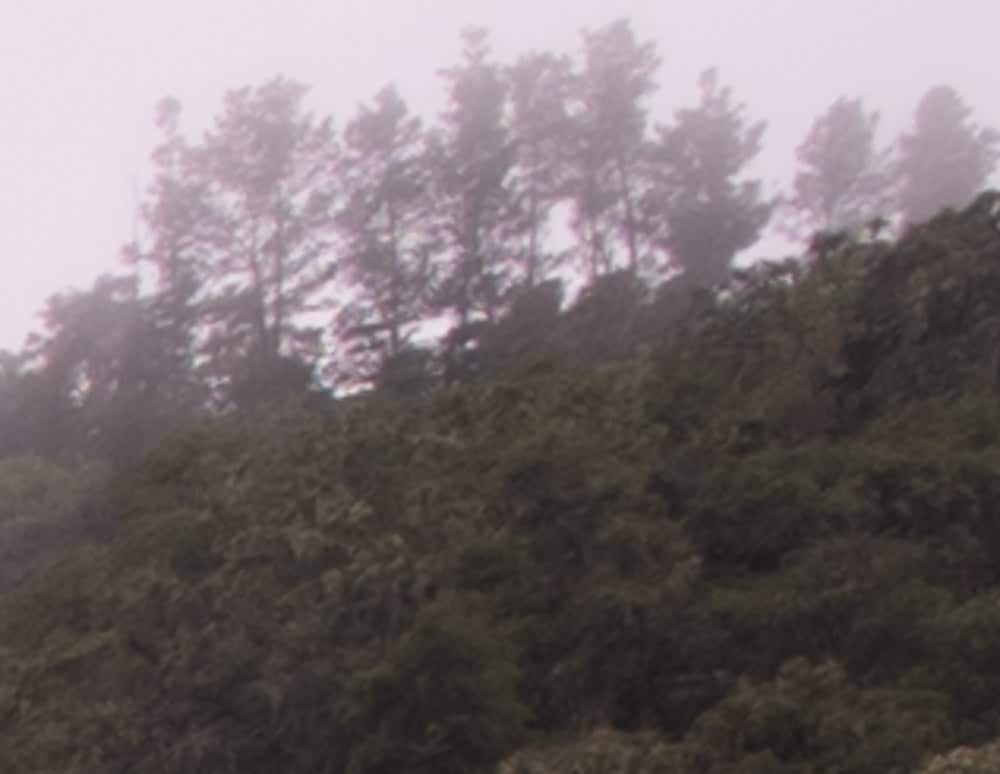
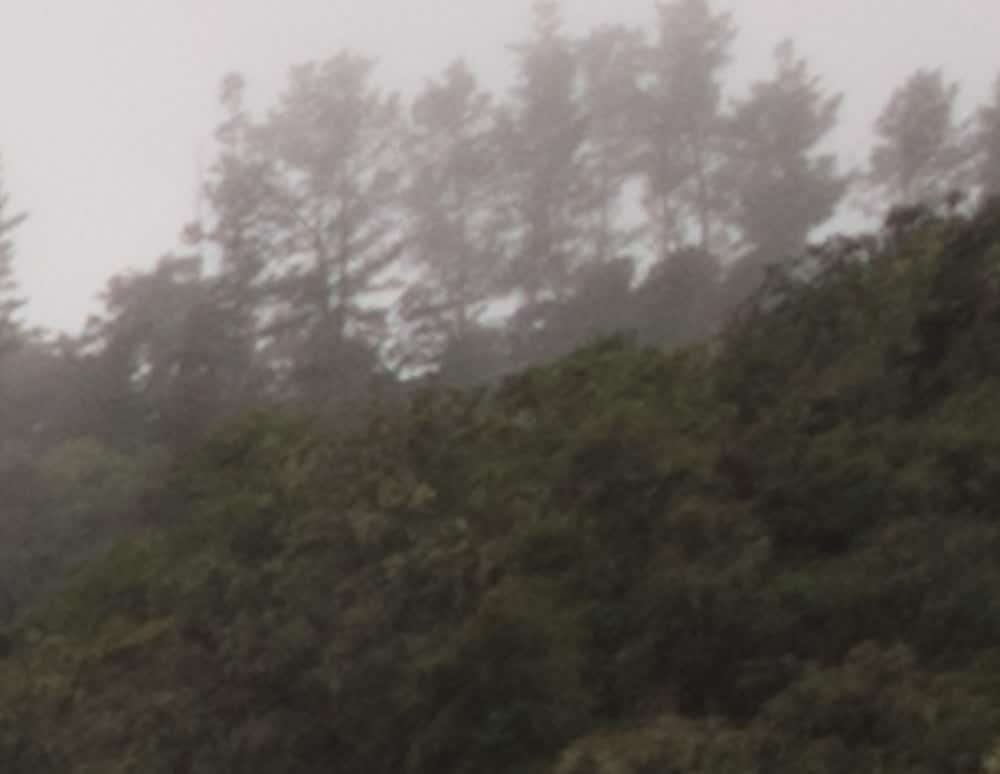
It is clear that there’s more purple fringing with the Z7, but it’s not as bad as it looks since the Adobe Color profile for the Z7 is redder than for the a7RIII. If anything, the lens is sharper on the Z7 than the a7RIII.
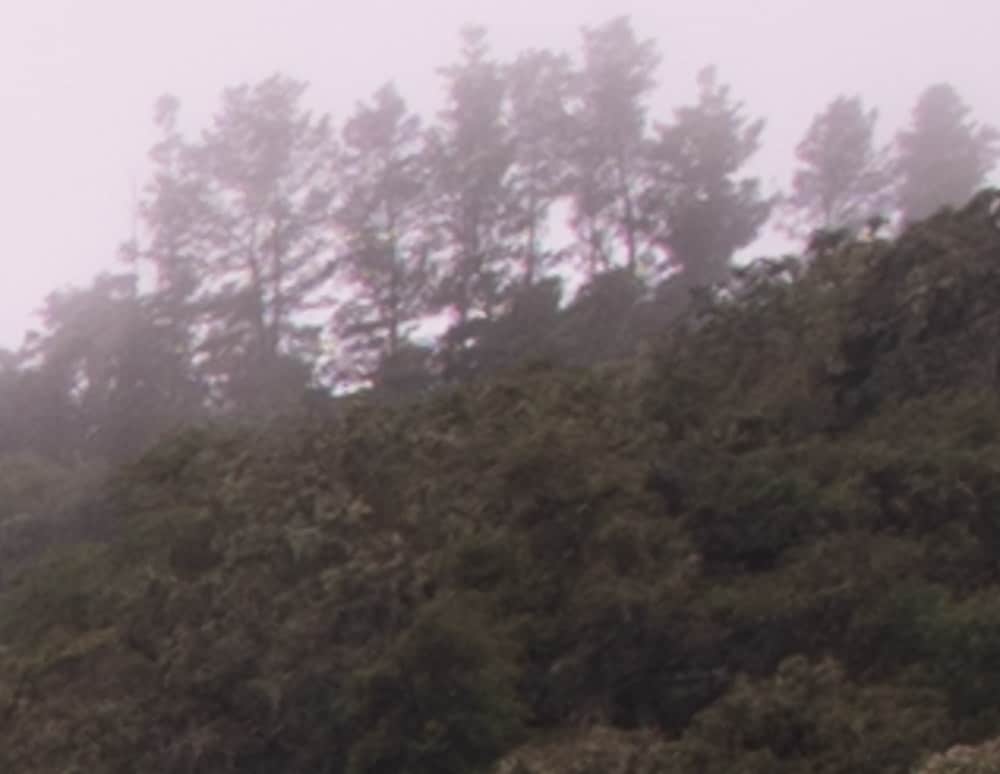
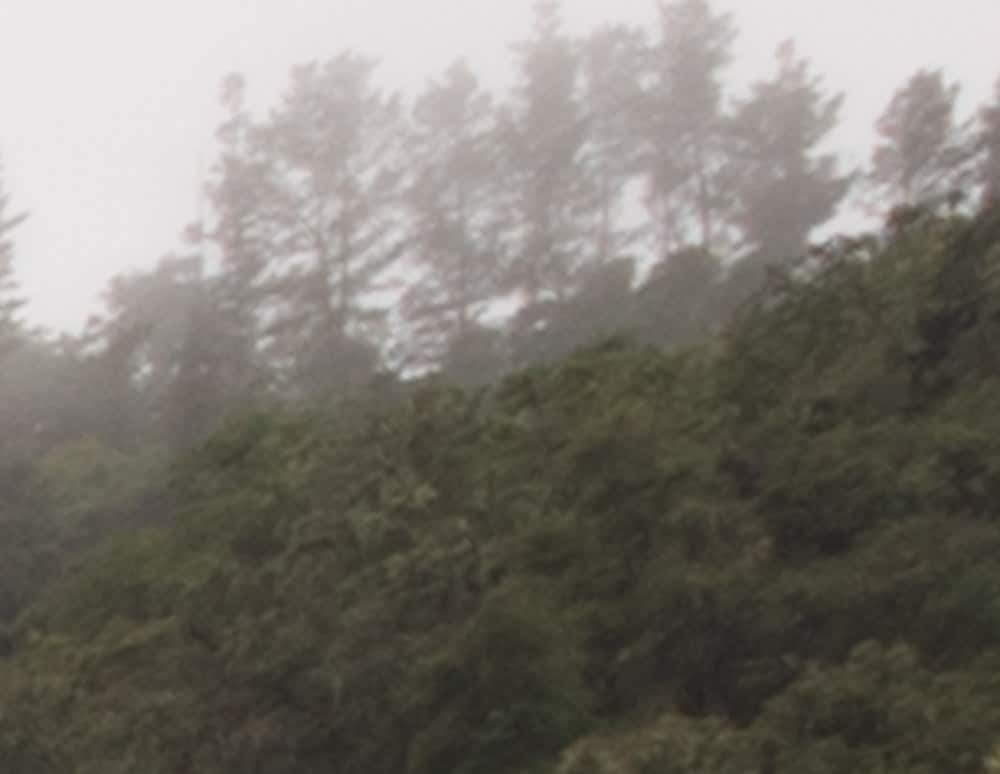
It appears the Z7 is still sharper, but it’s not really consequential.
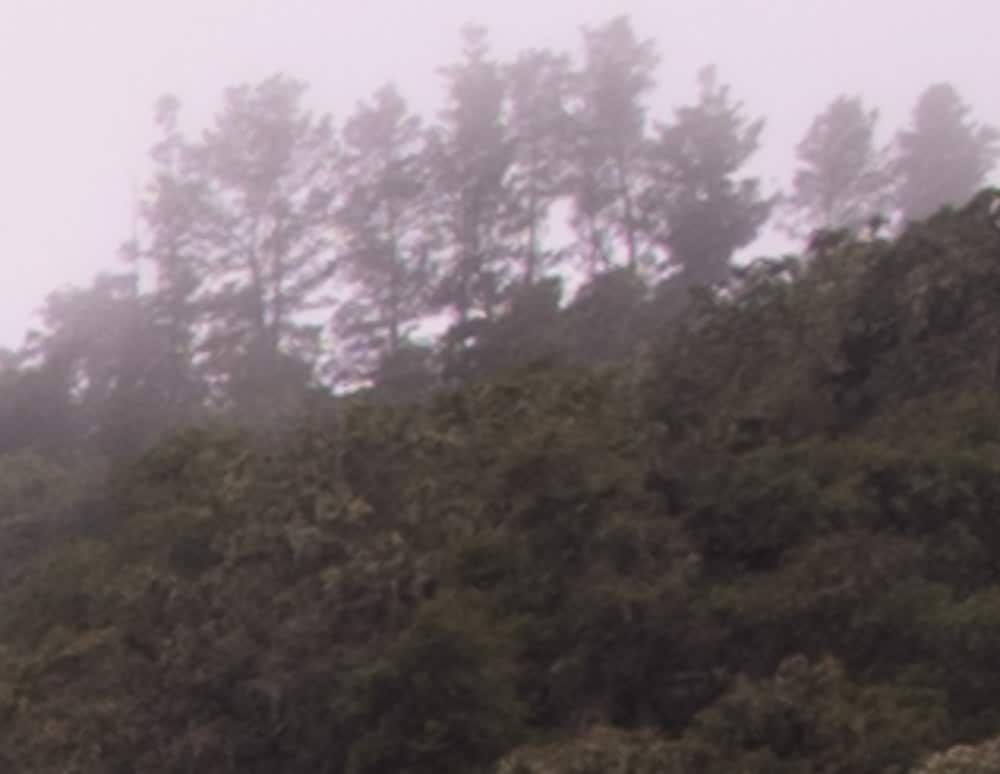
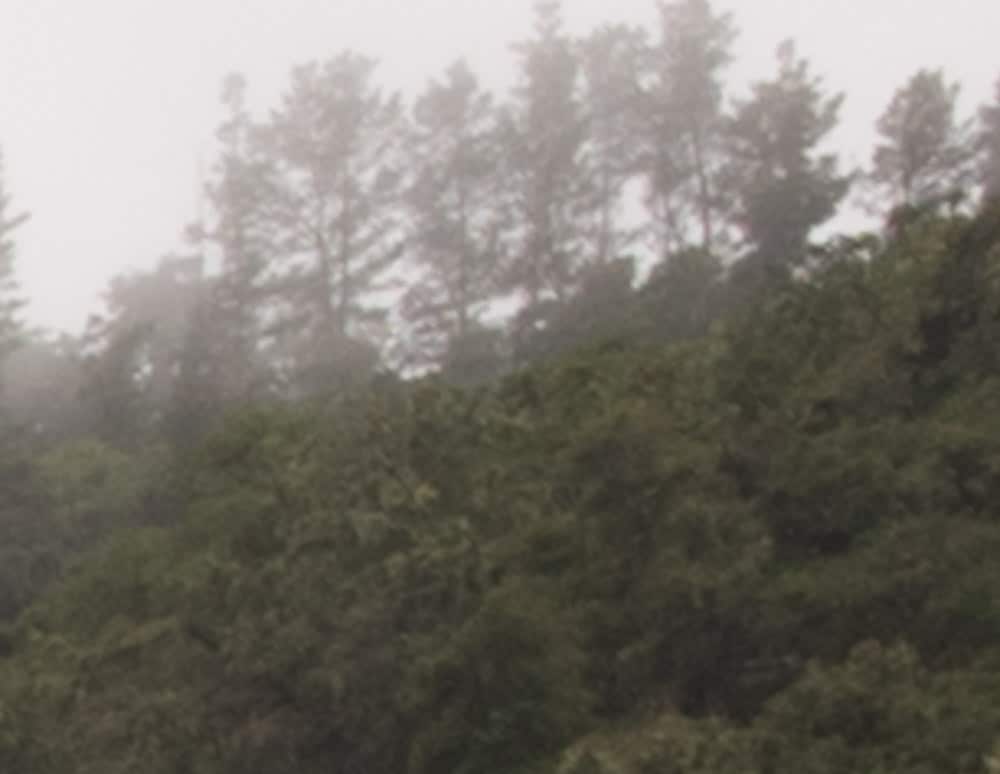
Pretty much a wash.
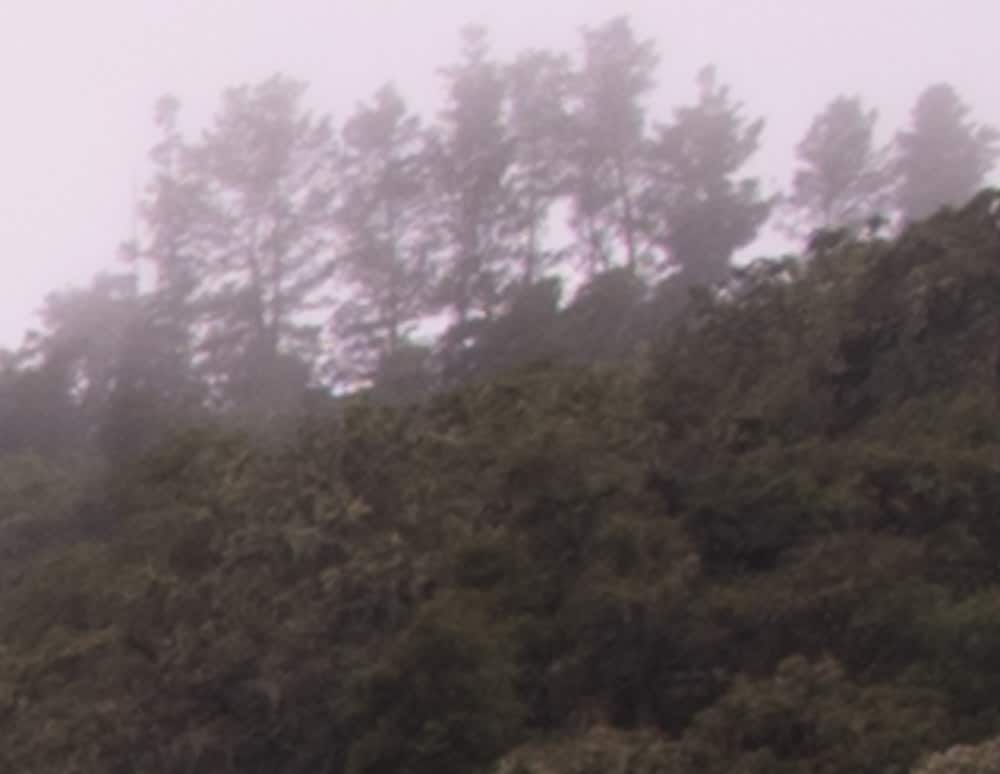
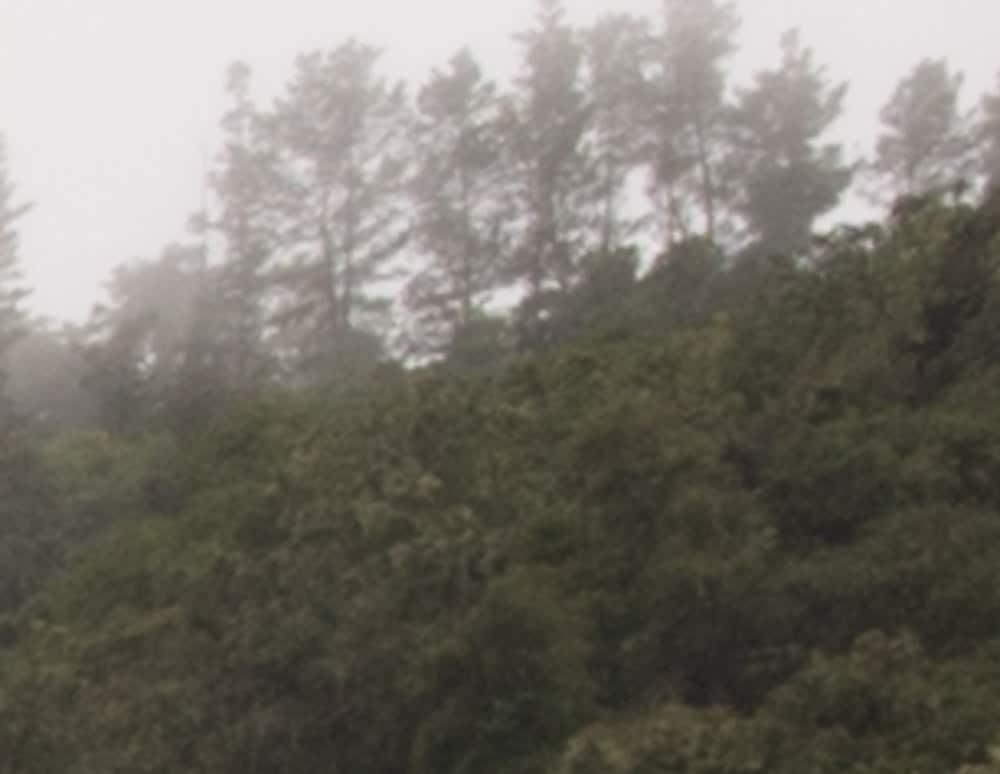
We’re losing a tiny bit to diffraction here.
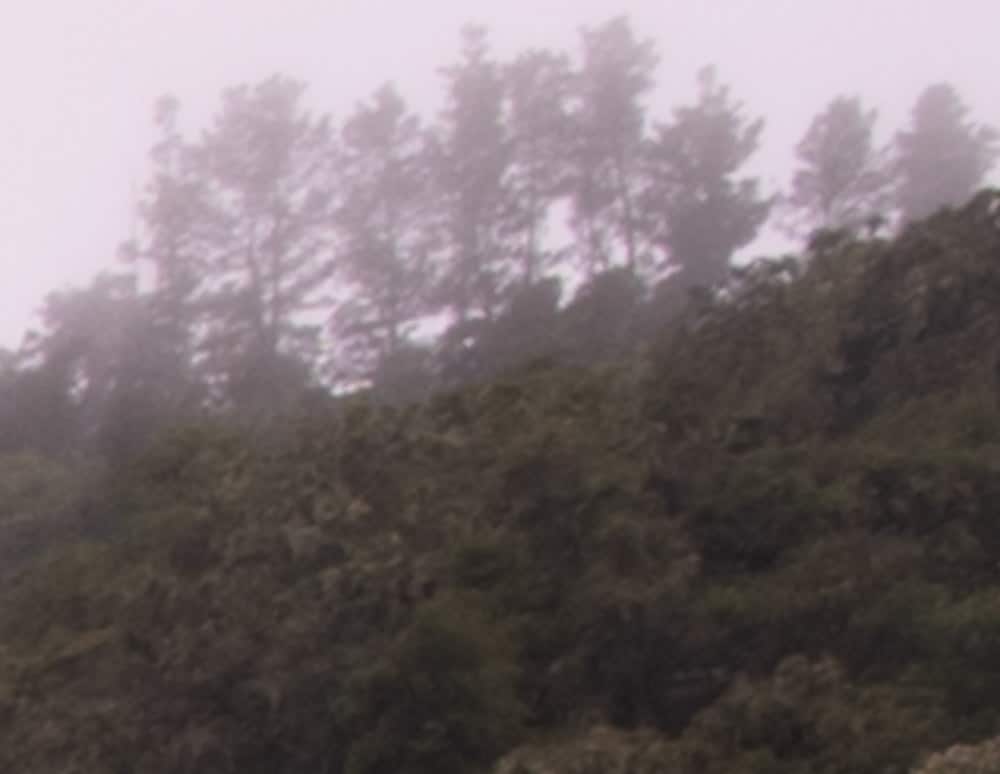
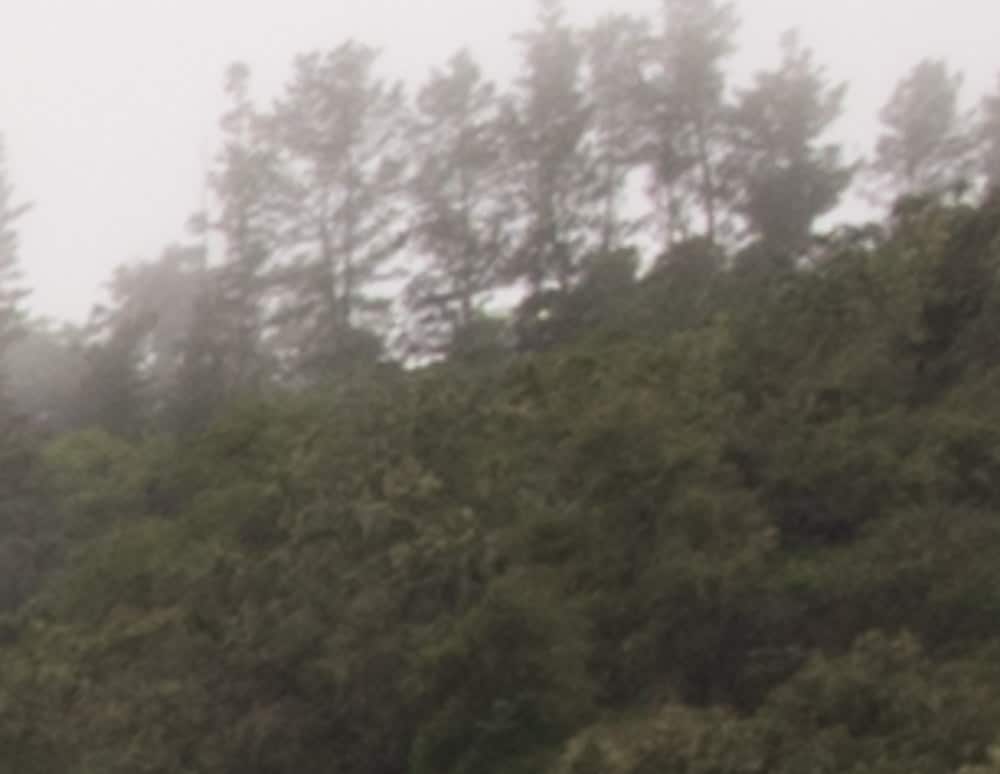
Now diffraction is the great equalizer.
White the tall, skinny trees, ti’s hard to tell LaCA from LoCA. It’s easier if we go all the way to the right:
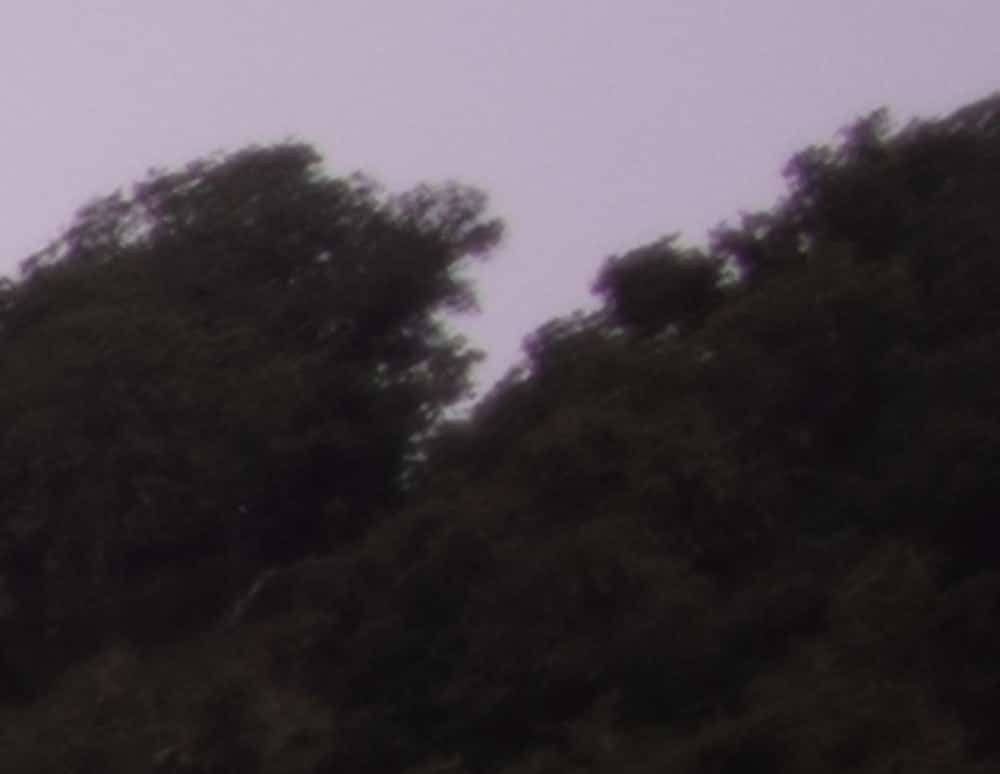
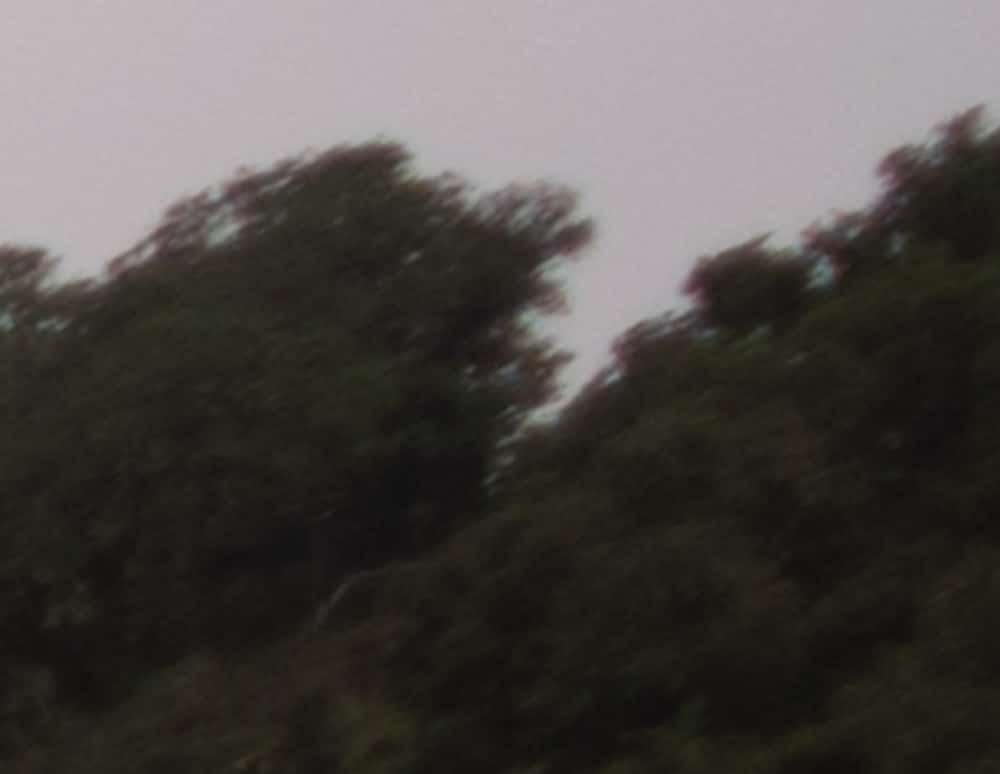
A lot of the fringing is LaCA, and there’s less on the a7RIII. Remove chromatic aberration was not checked, but there is a lens profile that Lr apies to the Sony that can’t be turned off, and it may correct LaCA.
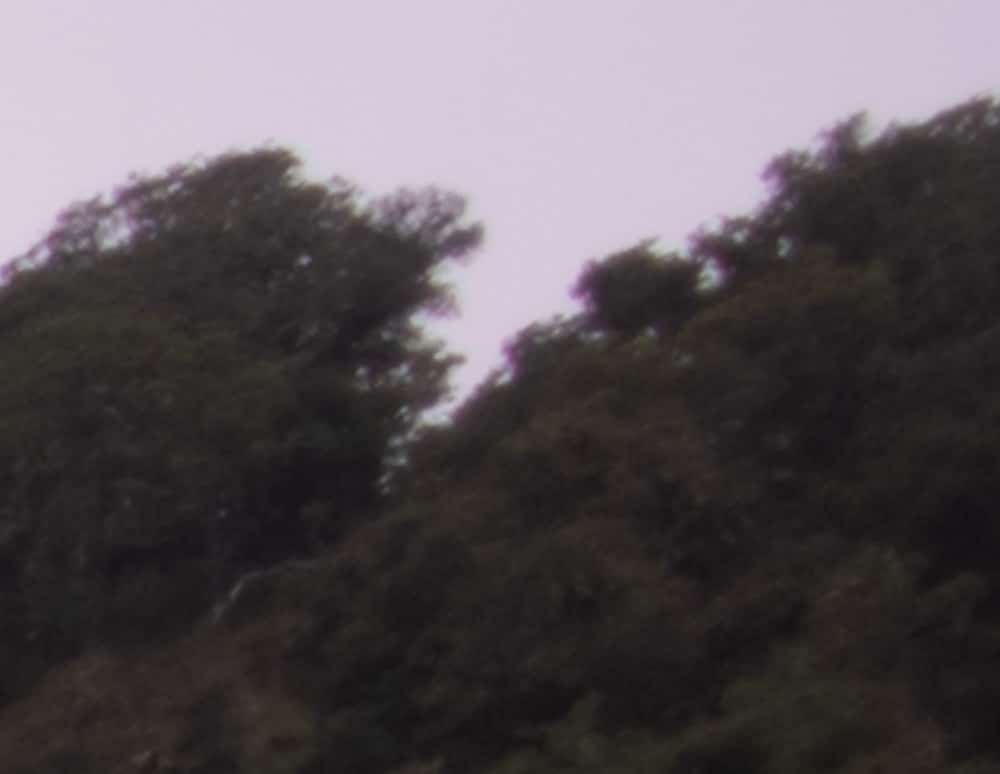
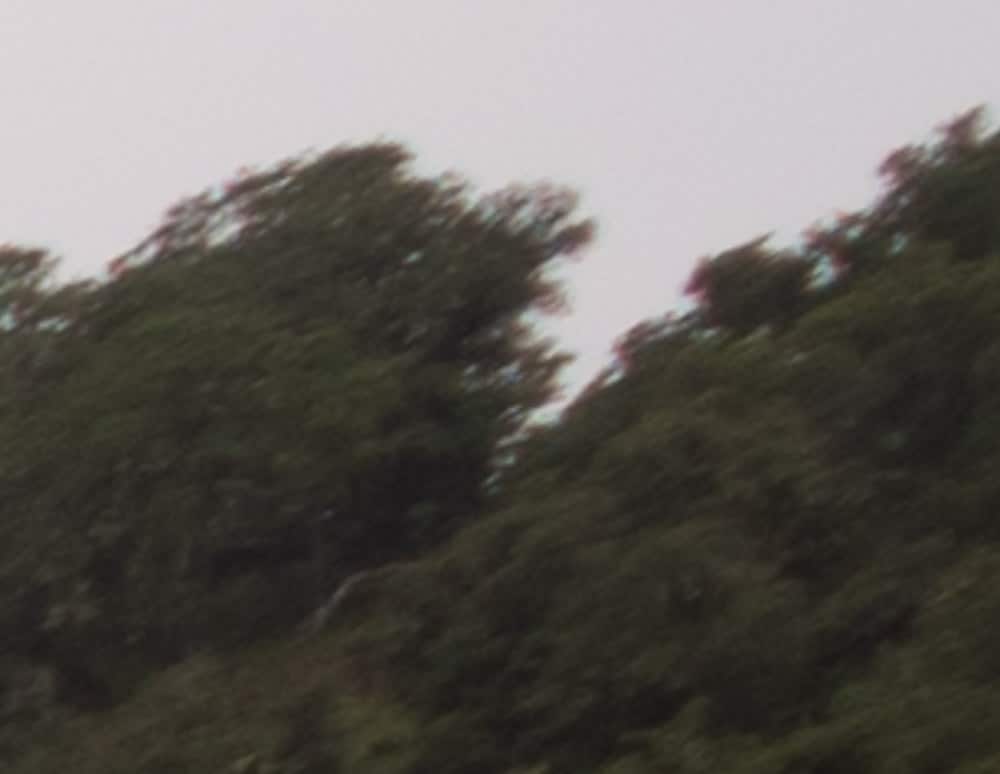
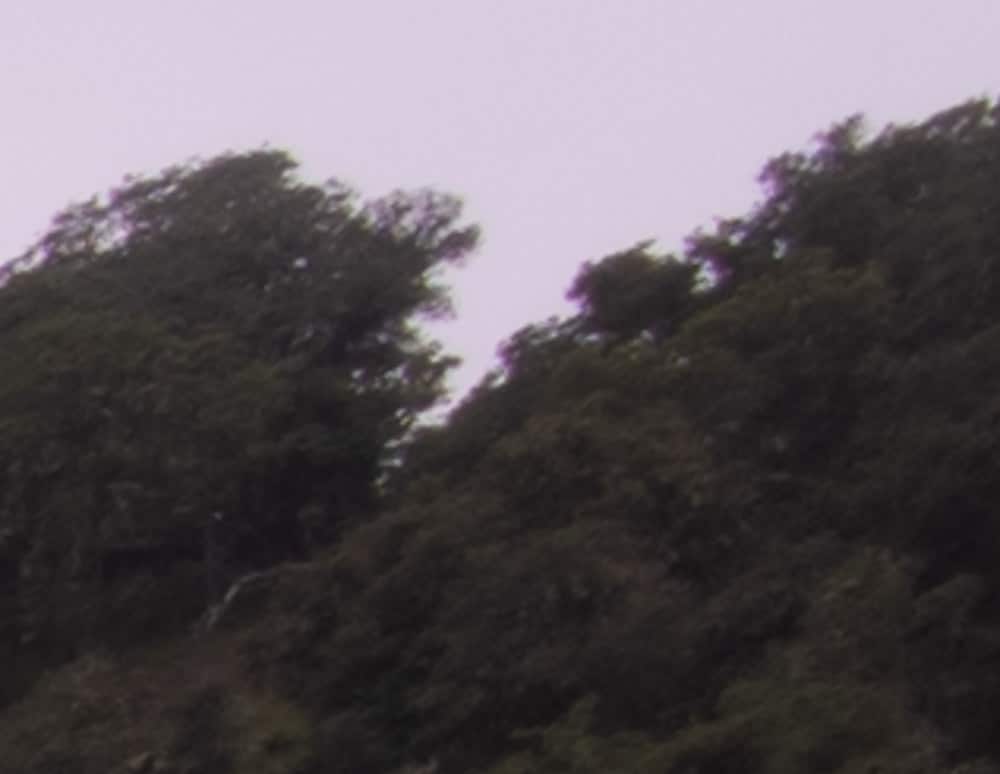
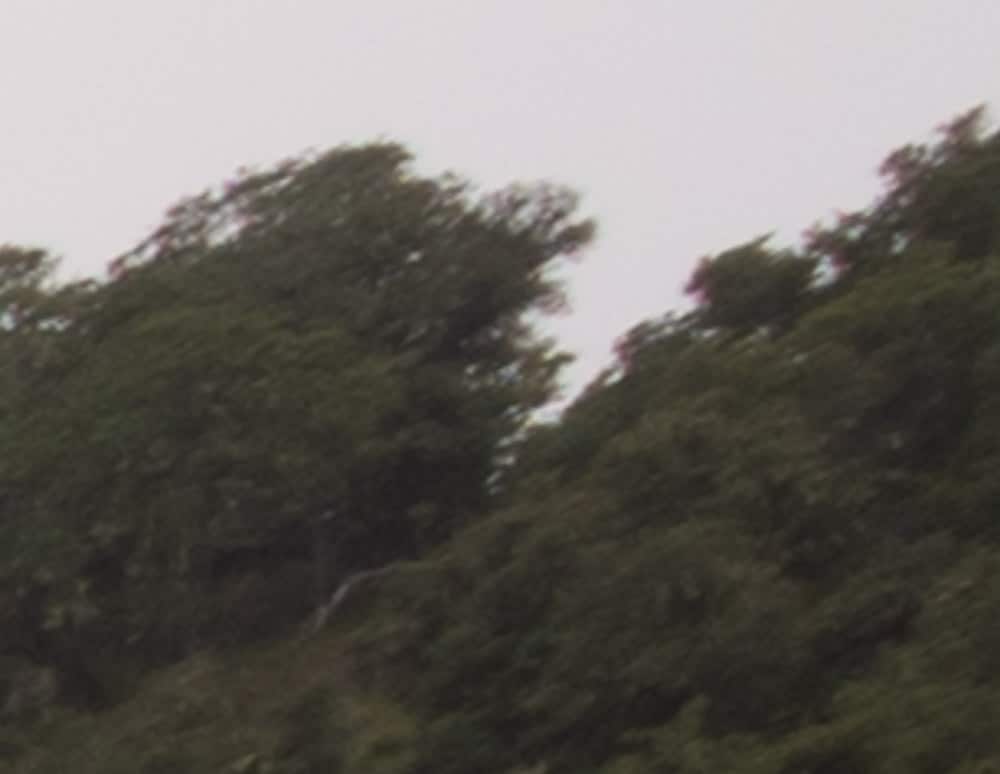
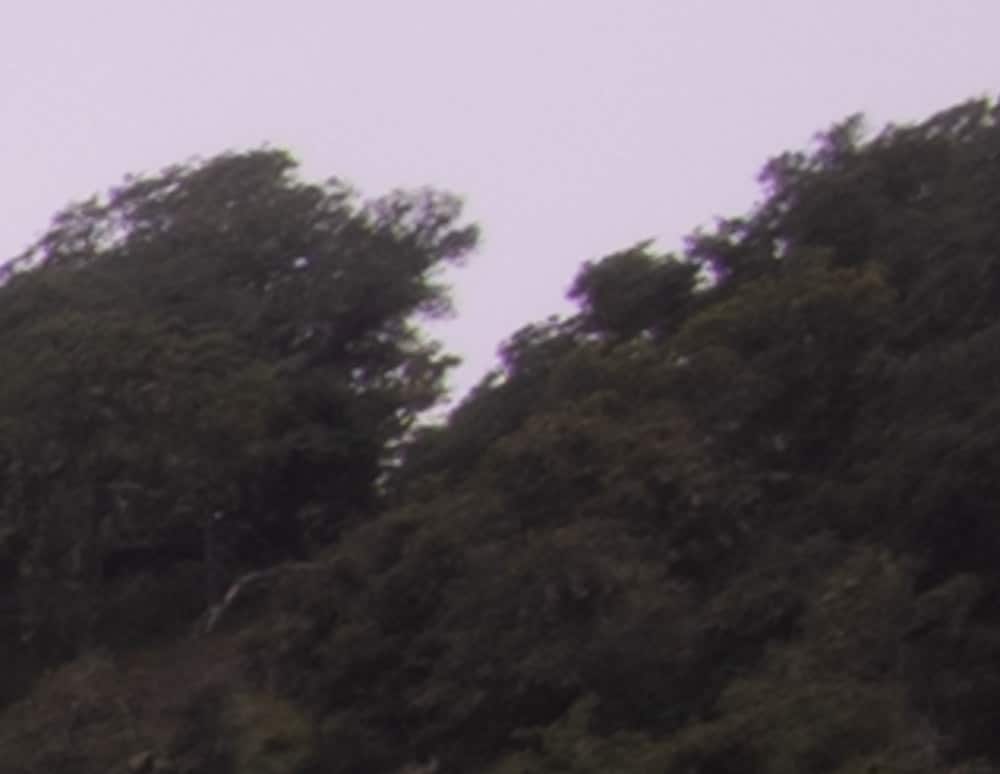
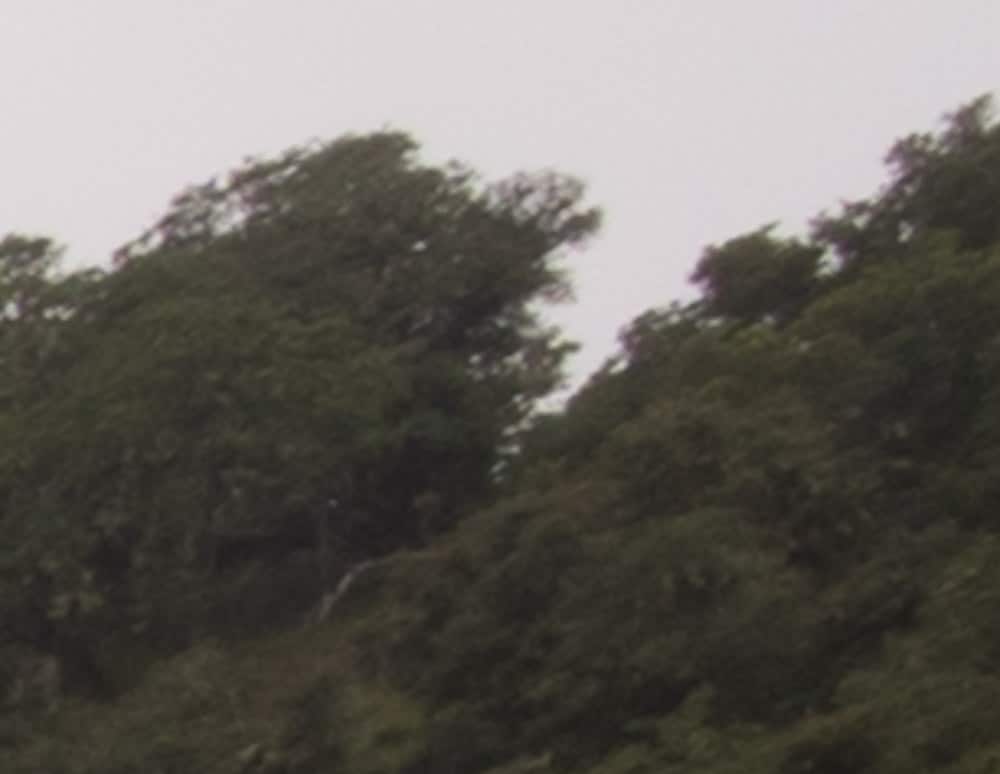
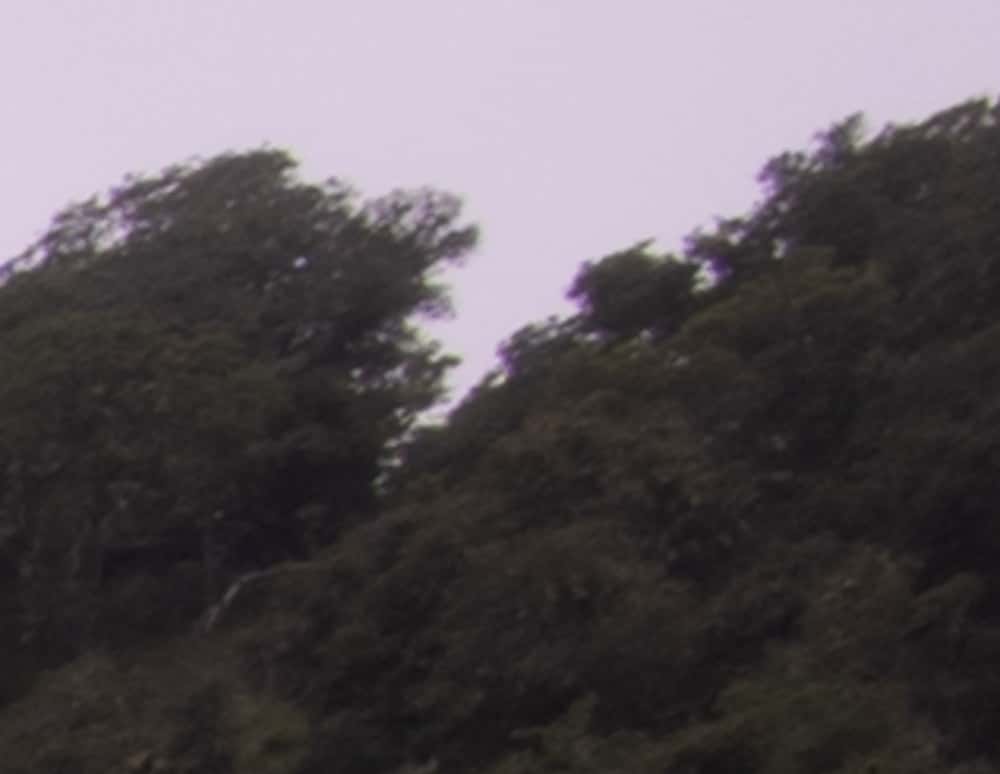
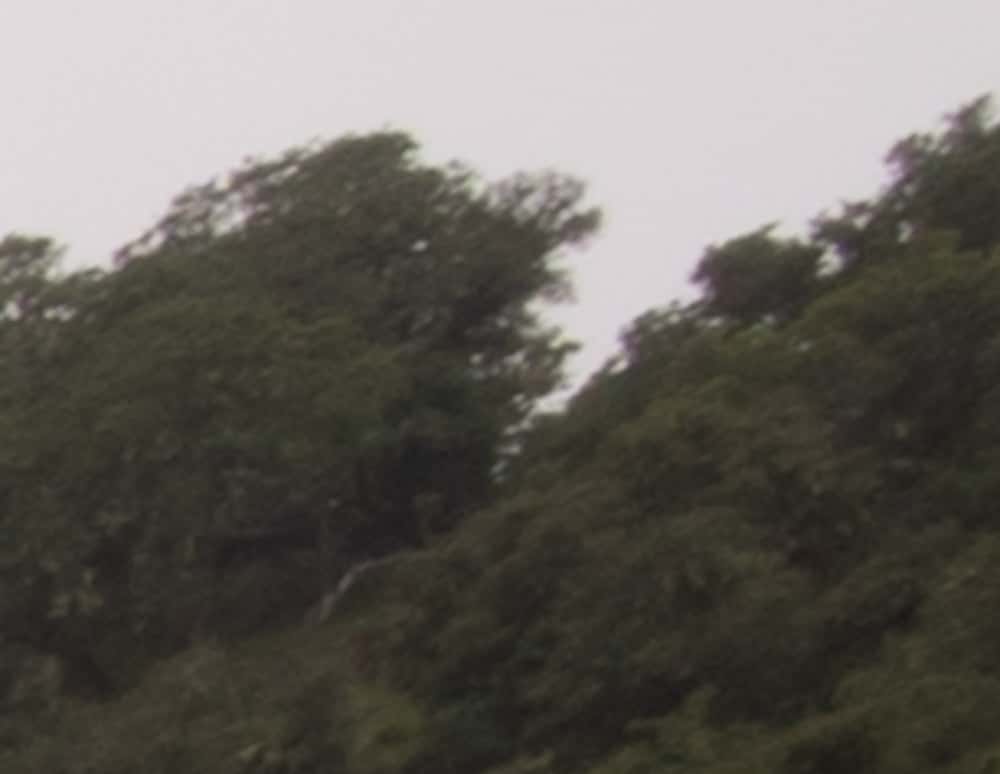
I think this lens will be just fine on the Z7.
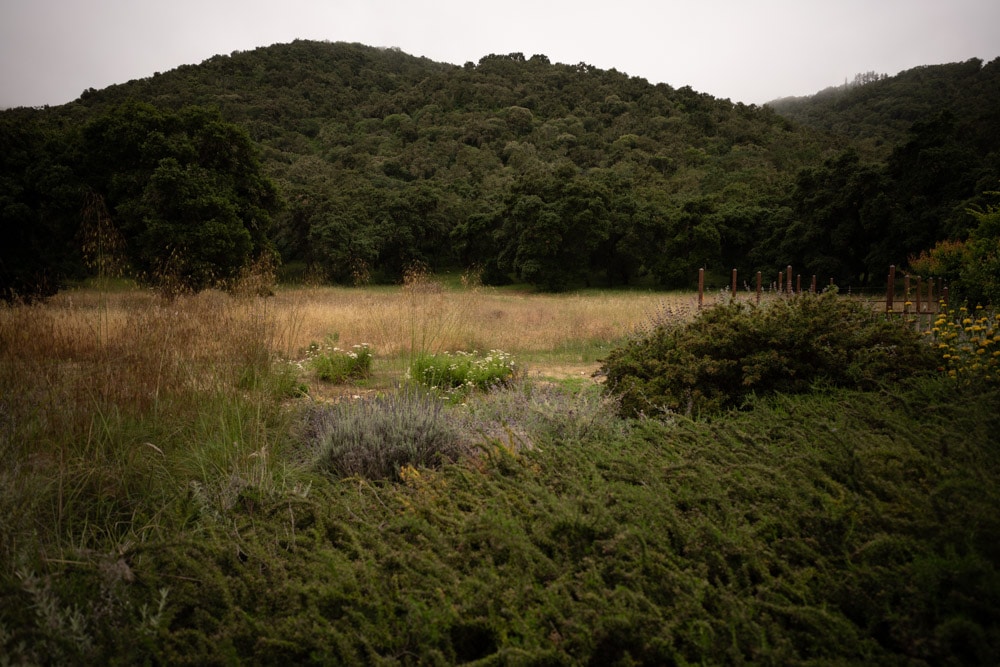
Thank you for the comparison; well done. I have an A7Riii with a 24-105 and am considering selling it and buying a Z7 so I can share lenses with my son who also owns a Z7. I own a D850 and Nikon mount lenses of 16-35 to 600/4 and just about everything in between. I have no real issues with the Sony, but would like your opinion on making the switch since you seem to own both cameras. I primarily shoot landscapes, wildlife, and architecture. Thanks or any comments you have.
The a7x are great cameras. If you can get around the lack of native lenses, so are the Zx cameras. I use the a7x cameras very little these days, because the FTZ supports F-mount lenses so well, and, with a few exceptions, I like the user interface on the Nikons better than the Sonys. There is still no other camera that can do what the a9 does, though.
Thanks Jim, great work as always and info I’ve been looking for.
If you want to check the Sony vs Nikon with no lens profile on either you could tape the contacts on the lens while attached to the Sony.
Jim, can you tell me if your Kipon adapter works fine?
I received the same adapter but unfortunately there is a lot of play between E-mount lens and adapter.
The side from adapter to Z mount in the body is good.
I’m waiting for Voiglander to release the same adapter, I don’t know if ask to Kipon for a replace
PS
Voigtlander 65/2 and 110/2,5 are soo good, I like them on the Z7, more balanced.
Let’s see what the new 21/1,4 has to put on the table.
It does. No excess play on either side. Not too tight, either. I tested it with the Loxia 21, which is a pretty tight E-mount lens.
I bought the Z6 just because of this post! I love loxia 21 and 35, and some other Sony lenses. I was never fan of Sony bodies but lenses are just great. Z6 seems to be one of the best platforms to adapt lenses. I was wondering what is the widest Sony lens that could work fine without smearing etc, have you tried 12-24? I find loxia 21, as superb on Z6. What about wider focal lengths? Also if sensor glass is thinner, how does it affect the lenses designed for different thicknesses? Is it better if it is less thick or still worse because it is different? What about Leica lenses, would it be better on Nikon than Sony, how different it would be compared to Leica?
Hello Jim, Are there any tilt/shift lenses at approximately 30-35mm f/l for full-frame cameras that will enable a supersharp 16×20 print? (I am a former 4×5 film hobbiest who wants to renew hobby in retirement with digital. I shoot landscapes with close-up foregrounds.)
I don’t know about 30-35mm, but have you looked at the Canon 24 mm T/S?